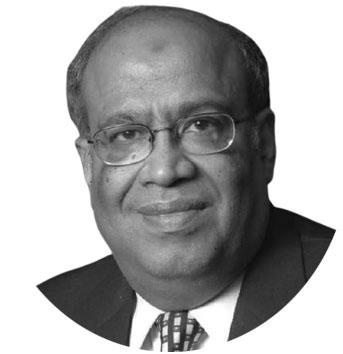India: Isolated in region it hoped to dominate
WITH the gradual growth over the years of its neighbour China, India hoped to garner support of the international community as an emerging economy in South Asia and be able to attain a balancing position to its neighbouring rival, China.
The monetary and fiscal policies followed by India over the years and affording the label of “Shining India”, supported by its massive populace and the rising middle class as potential consumer base, attracted the attention of investors from across the globe to see it as a potential destination for trade and investment.
Consequently, foreign direct investment reaching India stood over $50 billion in 2019; 20% more than the preceding year and an eye-catching tendency for all to reckon with India’s flourishing economy that could keep thriving in the years ahead.
The Narendra Modi government which inherited the rising economic trajectory from previous governments instead of ensuing it and allowing continuity for further improvements and gains for the prosperity of its people, saw an opportunity to flex its muscle and embarked upon policies which they assumed would provide them greater popularity at home and further acceptance abroad being the world’s largest democracy.
Modi, a lifelong member of the Rashtriya Swayamsevak Sangh (RSS), an ultraconservative Hindu organization devoted to preserving and restoring Hindu identity in India found it an opportune moment to further his vision of establishing a Hindu state. Many members with similar ideology became leaders in the BJP government of Modi.
Hence, in the last two years, the world witnessed the rise of Hindu nationalism (true sons of the soil) at the cost of sizable minorities in India which comprises of 200 million Muslims, 30 million Sikhs, 28 million Christians and another 20 million approximately from all other remaining religions constituting almost 20% of the total population; not to mention the lower caste in India like the Dalits.
Gaining strength locally from the movement across India, Narendra Modi ventured out to legislate controversial parliamentary acts one after the other such as Amended Article 370 leading to the Removal of Jammu and Kashmir’s Special Status and Amended Citizenship Act, 2019 which primarily violates constitutional secular principles granting the right to equality for all citizens.
On the other hand with a very different philosophy and in view of the negative fallout of Indian callous and hasty decisions and actions, specially having a direct effect on the countries of the region, China embarked on a program to reach out to them and seek their cooperation to further enhance their objective of One Belt One Road (OBOR) initiated in 2013 as a global infrastructure development strategy to invest in nearly 70 countries and organizations.
It’s an ambitious economic development and a commercial project attracting international attention that focuses on improving connectivity and cooperation among numerous countries spread across the continents of Asia, Africa, and Europe.
Among the neighbourhood countries, China seems to have further nurtured its relations with Nepal, Sri Lanka, Bangladesh and Iran; not to mention Pakistan with which it has a long history of established relationship with convergent views in respect of regional security, peace and economic stability.
In each of these countries, China has invested billions of dollars with yet another recent 25-year strategic agreement signed with Iran and viewed as a “roadmap” for trade, economic and transportation cooperation, with a special focus on the private sectors of the two sides to boost bilateral trade by more than 10 times to $600 billion over a decade.
With almost 800 projects lined up in the Belt and Road Initiative of China spanning over some 60 countries primarily in Asia and Europe but also including Oceania and East Africa, China intends to invest an estimated US$4-8 trillion in the long term.
With the latest announcement by the Biden administration to start pulling out from the 20-year Afghan war with complete exit by September 11 this year, India seems to be greatly concerned as it had gradually built inroads into Afghanistan and besides its Embassy in Kabul, had four other consulates in all major cities with many Indians working on diversified infrastructure projects.
India has invested $3 billion in Afghanistan on roads, power stations and even built its parliament following the ousting of the Taliban in 2001 hoping that the United States and NATO forces would continue till complete peace and normalcy is restored.
That too has not happened and the possibility of Taliban back in government is now an imminent reality.
No less than the Chief of Defence Staff, General Bipin Rawat told a security conference that the worry was “disruptors” would step into the space created by the withdrawal of foreign troops from Afghanistan.
Worry for Prime Minister Modi’s government is not limited to Afghanistan but for almost all adjoining and regional countries where it hoped for its hegemony but has ended up trying to control the situation to continue governance within its own boundaries and will be well advised not to bet for more than they can ultimately lose.
— The writer is contributing columnist, based in Karachi.










